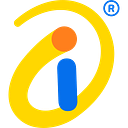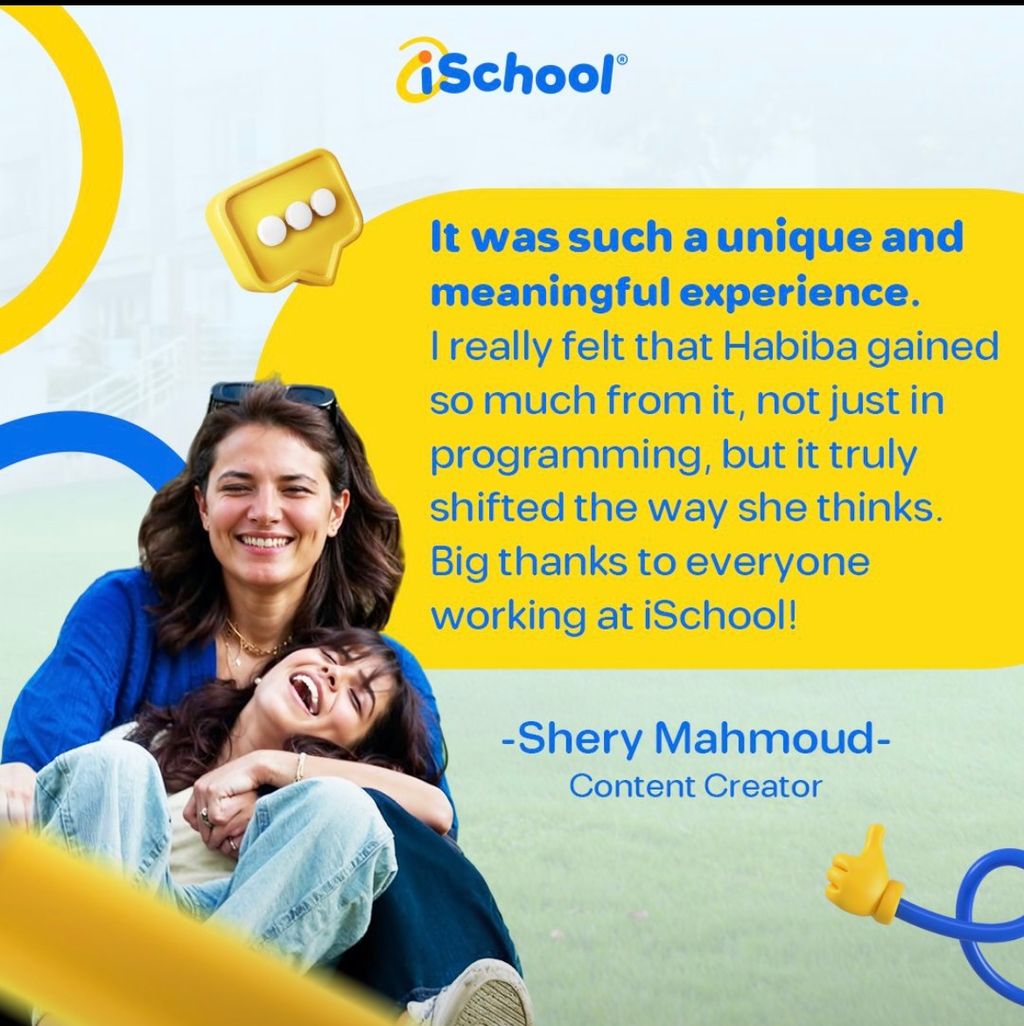What is iSchool?
iSchool is online coding education platform designed specifically for students in grades 1-12. The platform offers live 1:1 online coding classes taught by expert instructors, allowing children to learn programming skills from the comfort of their homes. iSchool's curriculum is accredited and based on real-world projects that engage students in practical application of coding concepts. The program caters to students aged 6-18 years old from over 20 countries, creating a global community of young tech enthusiasts developing valuable skills for the future.
The platform provides access to more than 48 professional developer tech tools integrated into a single curriculum, covering diverse areas including Mobile App Development, AI & Machine Learning, 3D Coding (AR, VR), Game Development, Python & Data Science, Minecraft, Web Development, and User Interface Design (UI & UX). Students create impressive projects ranging from space games and 3D environments to machine learning applications and digital tools. iSchool's approach emphasizes hands-on learning through project creation, allowing students to build a portfolio of work while developing critical thinking and problem-solving skills. The curriculum is structured by age and grade level, with appropriate content for different developmental stages.
iSchool implements its program through personalized 1:1 online sessions that provide focused attention from instructors. The platform offers flexible membership options with features like class freezes and parent support to accommodate busy schedules. Students progress through structured levels that build upon previous knowledge, starting with basics like identifying technology types and computer components before advancing to more complex programming concepts. The implementation includes regular sessions where students create projects that demonstrate their growing skills, with their work showcased in a community portfolio that highlights student achievements across different countries. iSchool's approach combines structured learning with creative freedom, allowing students to develop technical skills while expressing their unique ideas.
Compare iSchool with...
iSchool Reviews
No reviews.
This product has not received any reviews yet.
Pedagogy
Certified by Education Alliance Finland,
EAF Evaluation is an academically-backed approach to evaluating the pedagogical design of a product. EAF evaluators assess the product using criteria that covers the most essential pedagogical aspects in the learning experience.
Learning goals
Certified by Education Alliance Finland
The supported learning goals are identified by mapping the product against the selected reference curriculum and soft skills definitions most relevant for the 21st century.
- Learning to face failures and disappointments
- Practicing to plan and execute studies, make observations and measurements
- Practicing to look things from different perspectives
- Practicing to create questions and make justifiable arguments based on observations
- Practicing to notice causal connections
- Learning to recognise and evaluate arguments and their reasonings
- Learning to find solutions in social conflicts
- Developing problem solving skills
- Practicing to use arts as a way to express
- Practicing to use imagination and to be innovative
- Practicing to use imagination and to be innovative
- Encouraging students to be innovative and express new ideas
- Practicing to improvise
- Practicing creative thinking
- Creating requirements for creative thinking
- Learning to find the joy of learning and new challenges
- Practicing to evaluate one's own learning
- Practicing to set one's own learning goals
- Practicing to take responsibility of one's own learning
- Practicing to find ways of working that are best for oneself
- Practicing persistent working
- Learning to notice causal connections
- Practising visual recognition
- Practicing to observe spoken and written language
- Practicing categorization and classification
- Practicing fine motor skills
- Practicing memorizing skills
- Practicing letters, alphabets and written language
- Using technology as a part of explorative process
- Using technology for interaction and collaboration (also internationally)
- Using technology to express one’s emotions and experiences
- Using technology for interaction and collaboration
- Practicing logical reasoning, algorithms and programming through making
- Understanding and practicing safe and responsible uses of technology
- Using technological resources for finding and applying information
- Using technology as a part of explorative and creative process
- Understanding technological system operations through making
- Using technology resources for problem solving
- Building common knowledge of technological solutions and their meaning in everyday life
- Learning to plan and design own written content and textual representations
- Learning the basics of spelling
- Practicing keyboard skills and touch typing
- Familiarizing with the influences of media and understanding its affordances
- Learning to view and consider media and advertising critically
- Practicing to find, evaluate and share information
- Practicing to use information independently and interactively
- Learning to understand and interpret diverse types of texts
- Practising to understand visual concepts and shapes and observe their qualities
- Learning to acquire, modify and produce information in different forms
- Understanding and interpreting of matrices and diagrams
- Using technology as a part of explorative and creative process
- Understanding concepts of music and familiarizing with different notations
- Encouraging to build new information and visions
- Learning to build information on top of previously learned
- Practicing to notice causal connections
- Practicing to take care of own and other people’s safety
- Practicing to take care of one's own and other people’s safety
- Practicing to take care of one's own wellbeing and health
- Encouraging the growth of positive self-image
- Supporting the growth of environmental awareness
- Recognizing habits that are good for sustainable living
- Practicing to recognize and express feelings
- Practicing strategic thinking
- Learning to understand and interpret diverse types of texts, from vernacular to academic
- Practicing logical reasoning to understand and interpret information in different forms
- Realizing the connection between subjects learned in free time and their impact to skills needed at worklife
- Connecting subjects learned at school to skills needed at working life
- Practicing versatile ways of working
- Practicing decision making
- Learning to plan and organize work processes
- Learning consumer knowledge and smart economics
- Practicing time management
- Encouraging positive attitude towards working life
- Enabling the growth of positive self-image
- Practicing to give, get and reflect feedback
- Practicing to express own thoughts and feelings
- Practicing to use foreign language as a communication tool
- Practicing communication through different channels
- Learning decision-making, influencing and accountability
- Practicing to argument clearly own opinions and reasonings
- Practicing to work with others
- Encouraging to build new information and visions
- Supporting student to build their own linguistic and cultural identity
- Practicing to notice links between subjects learned
- Learning to combine information to find new innovations
- Understanding and interpreting of matrices and diagrams
- Using technology as a part of explorative and creative process
- Practising visual recognition
- Learning to find the joy of learning and new challenges
- Practicing categorization and classification
- Practicing logical reasoning to understand and interpret information in different forms
- Realizing the connection between subjects learned in free time and their impact to skills needed at worklife
- Practicing fine motor skills
- Practicing versatile ways of working
- Practicing decision making
- Practicing memorizing skills
- Practicing letters, alphabets and written language
- Using technology as a part of explorative process
- Learning to use foreign language in work context
- Encouraging positive attitude towards working life
- Using technology for interaction and collaboration (also internationally)
- Learning to recognise and evaluate arguments and their reasonings
- Using technology for interaction and collaboration
- Practicing logical reasoning, algorithms and programming through making
- Understanding and practicing safe and responsible uses of technology
- Practicing communication through different channels
- Using technological resources for finding and applying information
- Learning to listen other people’s opinions
- Practicing to argument clearly own opinions and reasonings
- Practicing to work with others
- Using technology as a part of explorative and creative process
- Understanding technological system operations through making
- Encouraging students to be innovative and express new ideas
- Supporting student to build their own linguistic and cultural identity
- Building common knowledge of technological solutions and their meaning in everyday life
- Getting familiar with different cultures
- Learning to plan and design own written content and textual representations
- Developing problem solving skills
- Learning to know and respect human rights
- Practicing keyboard skills and touch typing
- Learning to combine information to find new innovations
- Practicing creative thinking
- Learning to build information on top of previously learned
- Practicing to notice causal connections
- Practicing to take care of own and other people’s safety
- Learning to view and consider media and advertising critically
- Practicing to take care of one's own wellbeing and health
- Practicing to find, evaluate and share information
- Practicing to use information independently and interactively
- Recognizing habits that are good for sustainable living
- Practicing persistent working
- Practicing strategic thinking
- Practising to understand visual concepts and shapes and observe their qualities
- Creating requirements for creative thinking




